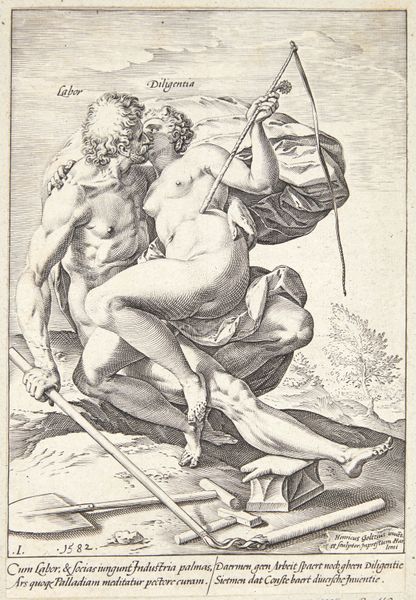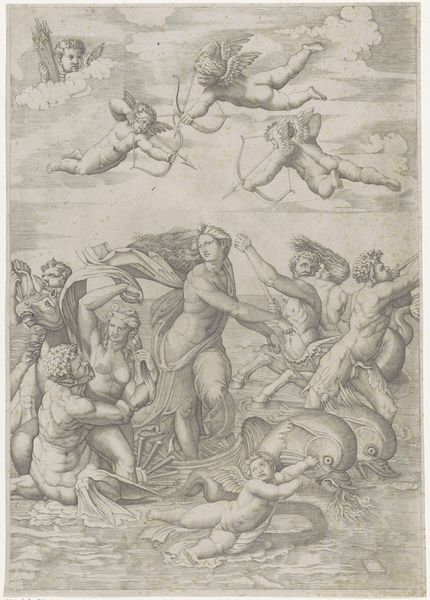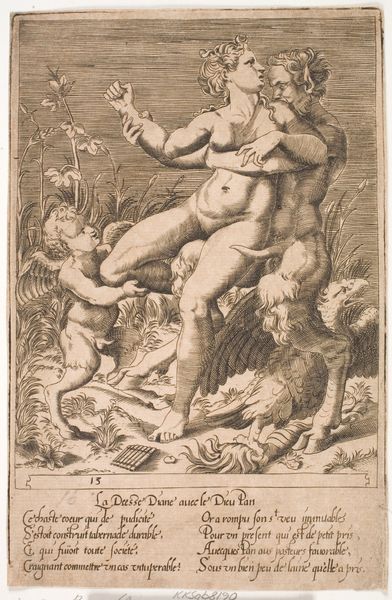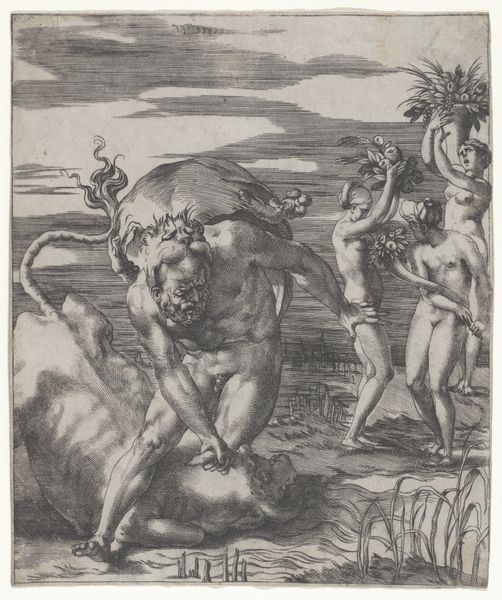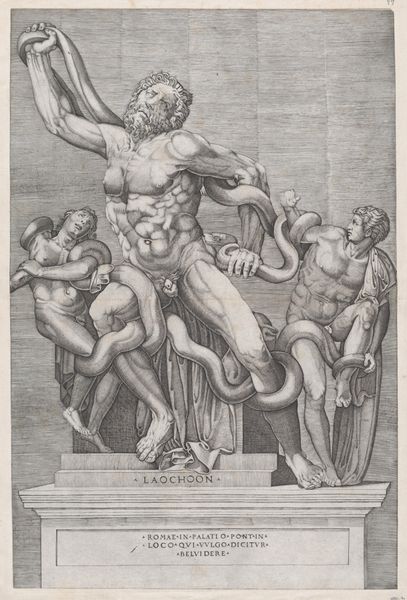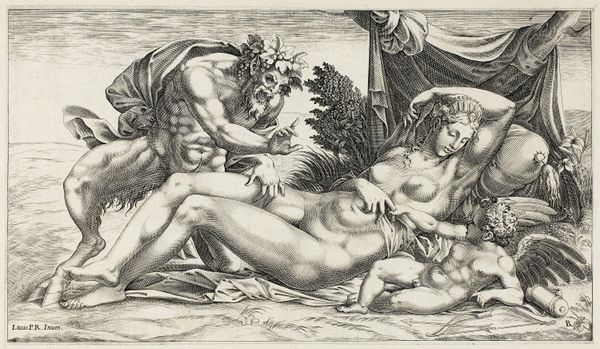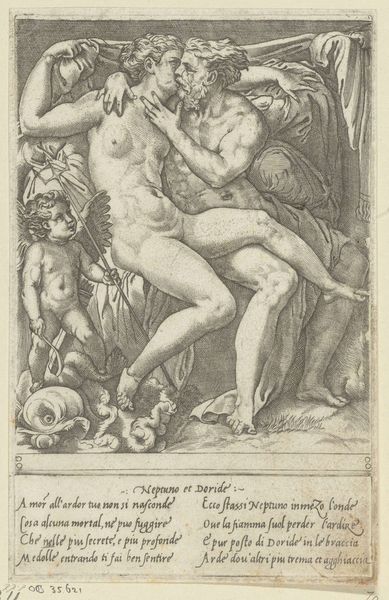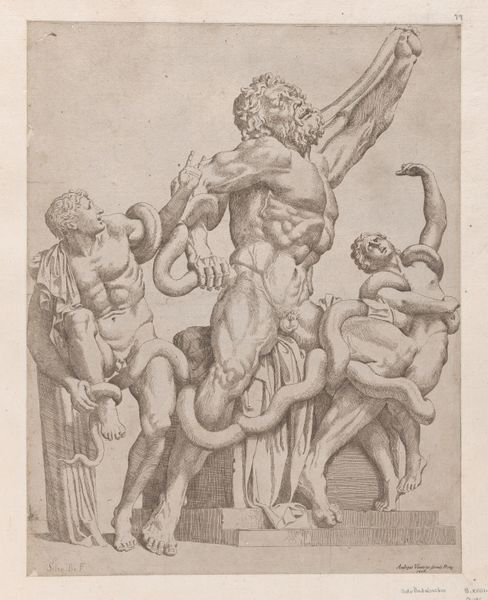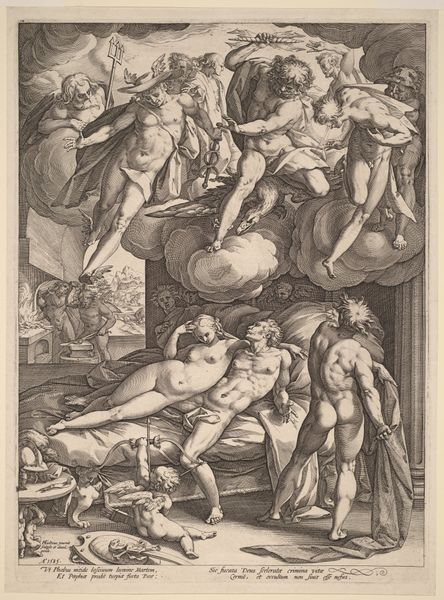
print, engraving
#
allegory
#
baroque
# print
#
figuration
#
italian-renaissance
#
nude
#
engraving
#
erotic-art
Copyright: National Gallery of Art: CC0 1.0
Agostino Carracci created this print of Venus, or Galatea, sometime before his death in 1602, using a technique called etching. The lines you see were incised into a metal plate, which was then inked and printed onto paper. Etching is particularly interesting because it combines the hand-drawn quality of a sketch with the repeatable nature of industrial production. While each impression would have been made individually, the plate itself could be used to make many copies. The subtle gradations of tone, achieved by varying the density of lines, give the image depth and volume. Carracci was a master of this technique. Consider the immense labor that went into this print. Each line carefully placed, each plate meticulously prepared. And yet, the final product could be disseminated widely, democratizing access to art. The print sits at the intersection of craft and industry, and prompts us to consider the social implications of its making.
Comments
No comments
Be the first to comment and join the conversation on the ultimate creative platform.
